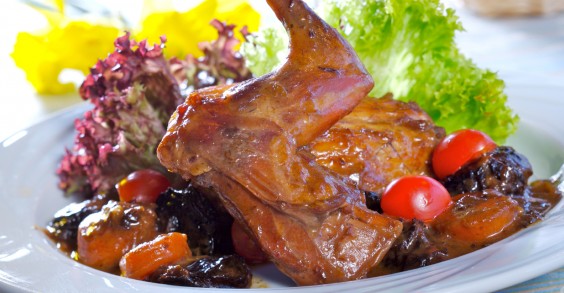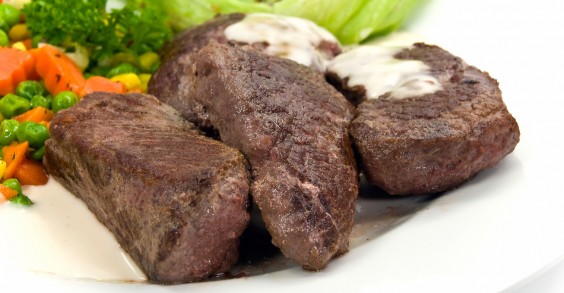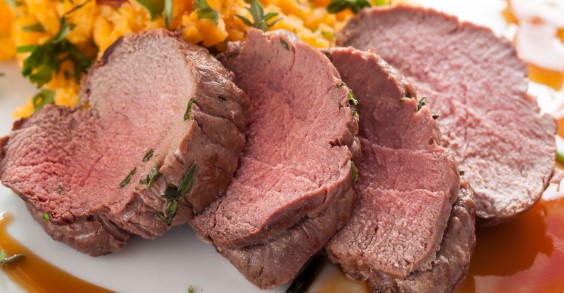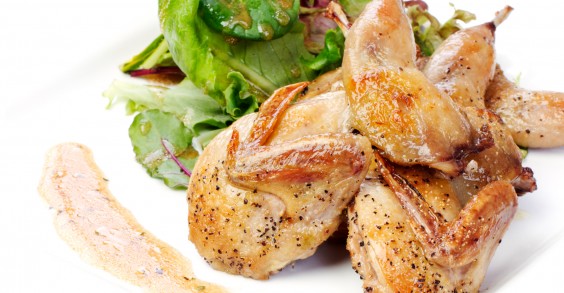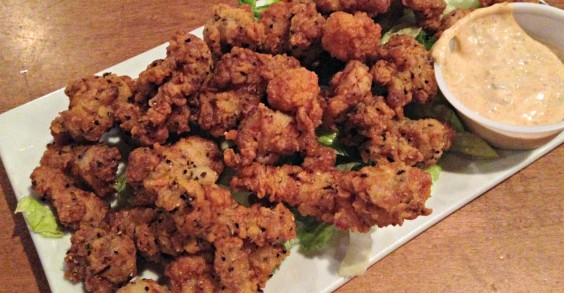8 Exotic Meats That Are Actually Healthy (and Delicious)
Most adventurous eaters have probably gone beyond the basic burger to try duck or even bison. But ostrich, goat, or alligator? Aren’t those animals that you’d find in a zoo—not on a plate? More and more restaurants and chefs are incorporating non-traditional meats as a different but delicious option for the health-savvy, environmentally conscious, or simply curious consumer. Turns out, many of these exotic meats are actually lower in fat, higher in protein, and just as tasty as traditional beef or pork cuts that make up the majority of meat in the standard American diet. Plus, eating a wider range of meat is better for the environment. With more people worldwide adding meat to their diets, we can no longer rely on typical livestock to
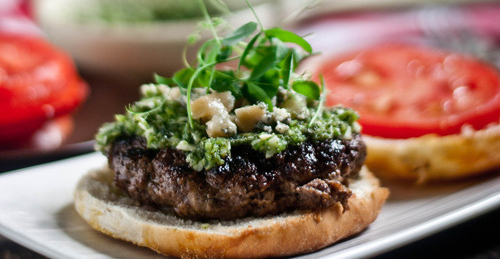
Most adventurous eaters have probably gone beyond the basic burger to try duck or even bison. But ostrich, goat, or alligator? Aren’t those animals that you’d find in a zoo—not on a plate?
More and more restaurants and chefs are incorporating non-traditional meats as a different but delicious option for the health-savvy, environmentally conscious, or simply curious consumer. Turns out, many of these exotic meats are actually lower in fat, higher in protein, and just as tasty as traditional beef or pork cuts that make up the majority of meat in the standard American diet.
Plus, eating a wider range of meat is better for the environment. With more people worldwide adding meat to their diets, we can no longer rely on typical livestock to fulfill those needs, especially with growing environment concerns such as water shortages, less available farmland, and global warming. That means we need to look outside of cows, pigs, and sheep when it comes to what we put on our plates.
While you’ve probably never seen these cuts of meat come out of mom’s kitchen, they can create surprisingly tasty and healthy meals. Here’s how a few of the non-traditional cuts stack up, both in taste and nutrition.
*All nutritional information is based on a cooked, three-ounce serving as analyzed by the USDA’s National Nutrient Database.
Are you game? Unlike our ancestors, we don’t have to hunt these animals to try them out. (And actually, if an animal has been hunted, it’s illegal to sell it, according to the USDA.) Instead, game animals are raised on farms and ranches around the U.S. and inspected by the USDA or a similar foreign agency.
Most of the above products are readily available at a store, online, or even at a restaurant near you. Whole Foods’ meat department offers a bevy of options, from bison to rabbit, while a quick Internet search turns up suppliers of alligator, venison, and quail that can be delivered to your door.
Many restaurants are getting into the game—literally. The fast-casual restaurant Ted’s Montana Grill, which has over 50 locations, features an affordable and tasty bison burger, along with other bison-based dishes. Diners at Bareburger, which has 24 locations and is opening several more, can choose lamb, wild boar, elk, bison, or ostrich burgers. Getting even wilder, The Thirsty Koala in New York offers a kangaroo burger for those feeling the pull from down under.
Curious about cooking at home? Keep in mind that game meat tends to be less tender than meat from domestic animals, since they get more exercise and thus have less fat. (If you do see fat, remove it.) And be careful not to overcook it—game meat can toughen up easily, the USDA warns. Instead, it should be cooked slowly with moist heat by braising or with dry heat by roasting. Give it a go and try out one of these recipes for bison or venison burgers.
SOURCE: Greatist RSS – Read entire story here.


